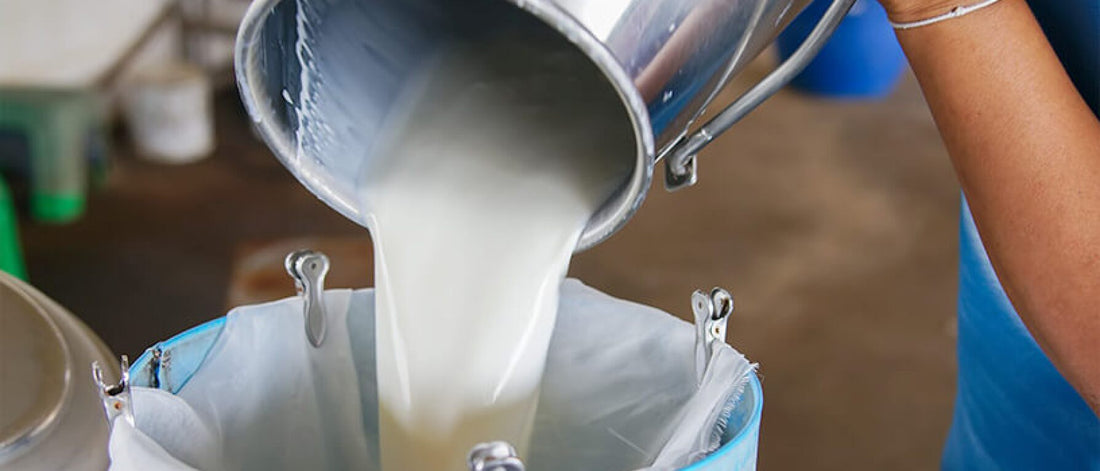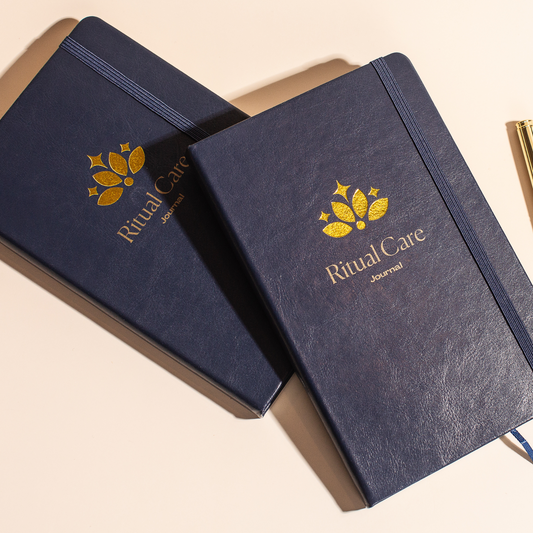Are you on the fence about whether you should take the leap towards drinking raw milk or continue to drink pasteurized? The Food and Drug Administration suggests that consumers should only drink pasteurized milk, since the cow's milk undergoes a process that kills harmful bacteria, also called the pasteurization of milk. However, the process also kills many of the nutrients in raw milk, and studies show that raw unpasteurized milk provides health benefits that consuming pasteurized milk does not. The following raw and pasteurized milk pros and cons are intended to help you decide whether you want to drink raw milk—and, if yes, how you can be as safe as possible.
Raw Milk Benefits: In addition to the vitamins, enzymes, and healthy microorganisms in raw milk, studies on the benefits of raw milk have shown that raw milk can:
Pasteurized Milk Benefits: Kills most harmful bacteria
Pasteurized Milk Risks: The heat from pasteurization kills valuable nutrients, enzymes, and microorganisms.
On a side note, pasteurized milk is typically homogenized as well, which is a process that breaks down fat in milk so that it mixes throughout the milk rather than separating at the top. Homogenized milk is high in xanthine oxidase, which, according to Nicholas Sampsidis, Ph.D., in his book, Homogenized Milk and Atherosclerosis, can contribute to many chronic illnesses.
Visiting the farm you purchase milk from can also be very helpful—you can see first-hand how clean the facilities are and whether your farmer follows a safe process to produce milk. To learn about what to look for during a farm visit and what questions to ask your farmer, read the Raw Milk Consumer Guide by Amanda Rose, Ph.D.
If you’re interested in learning more about raw milk or actively supporting the raw milk movement, visit the Farm to Consumer Legal Defense Fund™.
*Editor’s Note: The information in this article is intended for your educational use only; does not necessarily reflect the opinions of the Chopra Center's Mind-Body Medical Group; and is not a substitute for professional medical advice, diagnosis, or treatment. Always seek the advice of your physician or other qualified health providers with any questions you may have regarding a medical condition and before undertaking any diet, supplement, fitness, or other health program.
Discover Deepak Chopra’s secrets to stay energetic and balanced all year long with our self-paced online course, Secrets to Vibrant Health. Learn More.
Raw Milk
Raw milk consumption is gaining in popularity as consumers learn more about the healthy microorganisms and other nutrients in milk that are destroyed through pasteurization. Unfortunately, in the U.S., if you are interested in switching to raw milk, your ability to purchase it will depend on your state laws. Some states allow raw milk in retail stores; others only support cow-share programs. To learn about the laws on raw milk in your state, visit the National Conference of State Legislatures.Raw Milk Benefits: In addition to the vitamins, enzymes, and healthy microorganisms in raw milk, studies on the benefits of raw milk have shown that raw milk can:
- Decrease the incidence of respiratory infections and fevers in infants by 30 percent
- Protect against asthma and allergies
Pasteurized Milk
Pasteurized milk is the most common form of milk sold in grocery stores and other retail stores. Pasteurizing milk involves exposing milk to high temperatures for a short period of time to destroy all harmful bacteria that might be lurking in the milk. The most common type of pasteurization in the United States is High Temperature Short Time pasteurization, which heats the milk to at least 161 degrees F for 15 seconds or more. The most intense type is Ultra Pasteurization, which heats the milk to 280 degrees F for two seconds and results in milk with a shelf life (before opened) of 30 to 90 days.Pasteurized Milk Benefits: Kills most harmful bacteria
Pasteurized Milk Risks: The heat from pasteurization kills valuable nutrients, enzymes, and microorganisms.
On a side note, pasteurized milk is typically homogenized as well, which is a process that breaks down fat in milk so that it mixes throughout the milk rather than separating at the top. Homogenized milk is high in xanthine oxidase, which, according to Nicholas Sampsidis, Ph.D., in his book, Homogenized Milk and Atherosclerosis, can contribute to many chronic illnesses.
Tips for Buying Raw Milk
If you decide to buy raw milk or raw milk products and your state allows it, there are a few precautions you can take to increase your chances of purchasing safe milk. It’s best to buy locally rather than from suppliers that may provide milk that originated from across the country. Make sure you buy milk that is less than 48 hours old—this decreases the amount of time that harmful bacteria have to multiply.Visiting the farm you purchase milk from can also be very helpful—you can see first-hand how clean the facilities are and whether your farmer follows a safe process to produce milk. To learn about what to look for during a farm visit and what questions to ask your farmer, read the Raw Milk Consumer Guide by Amanda Rose, Ph.D.
Who Shouldn’t Drink Raw Milk?
Certain people should avoid raw milk because they are more likely to become sick from potential pathogens. These people include immunosuppressed individuals, pregnant women, young children, and seniors.An Alternative to Raw Milk: Vat Pasteurized Milk
Vat pasteurized milk is heated to 145 degrees F, the lowest possible temperature to kill the bacteria, for 30 minutes. Farmers who provide vat pasteurized milk claim that this process kills the harmful bacteria while preserving the nutrients and enzymes. Although vat pasteurized milk may provide a middle ground between raw and pasteurized milk, it does not preserve all of the nutrients of raw milk.If you’re interested in learning more about raw milk or actively supporting the raw milk movement, visit the Farm to Consumer Legal Defense Fund™.
*Editor’s Note: The information in this article is intended for your educational use only; does not necessarily reflect the opinions of the Chopra Center's Mind-Body Medical Group; and is not a substitute for professional medical advice, diagnosis, or treatment. Always seek the advice of your physician or other qualified health providers with any questions you may have regarding a medical condition and before undertaking any diet, supplement, fitness, or other health program.
Discover Deepak Chopra’s secrets to stay energetic and balanced all year long with our self-paced online course, Secrets to Vibrant Health. Learn More.






















